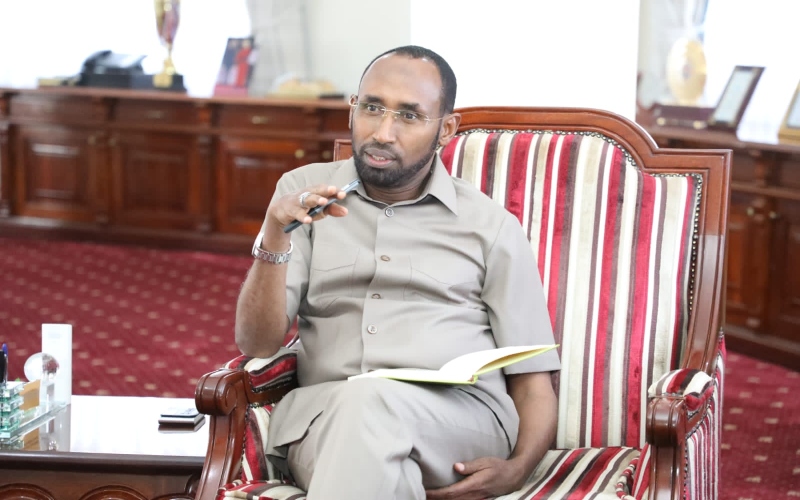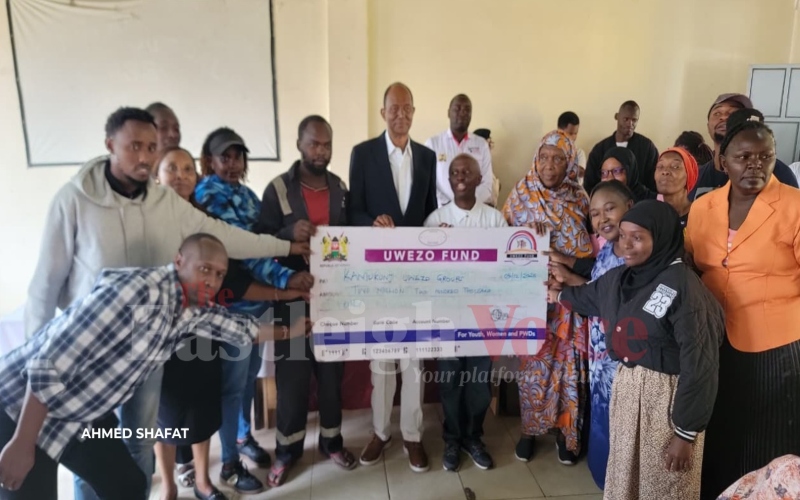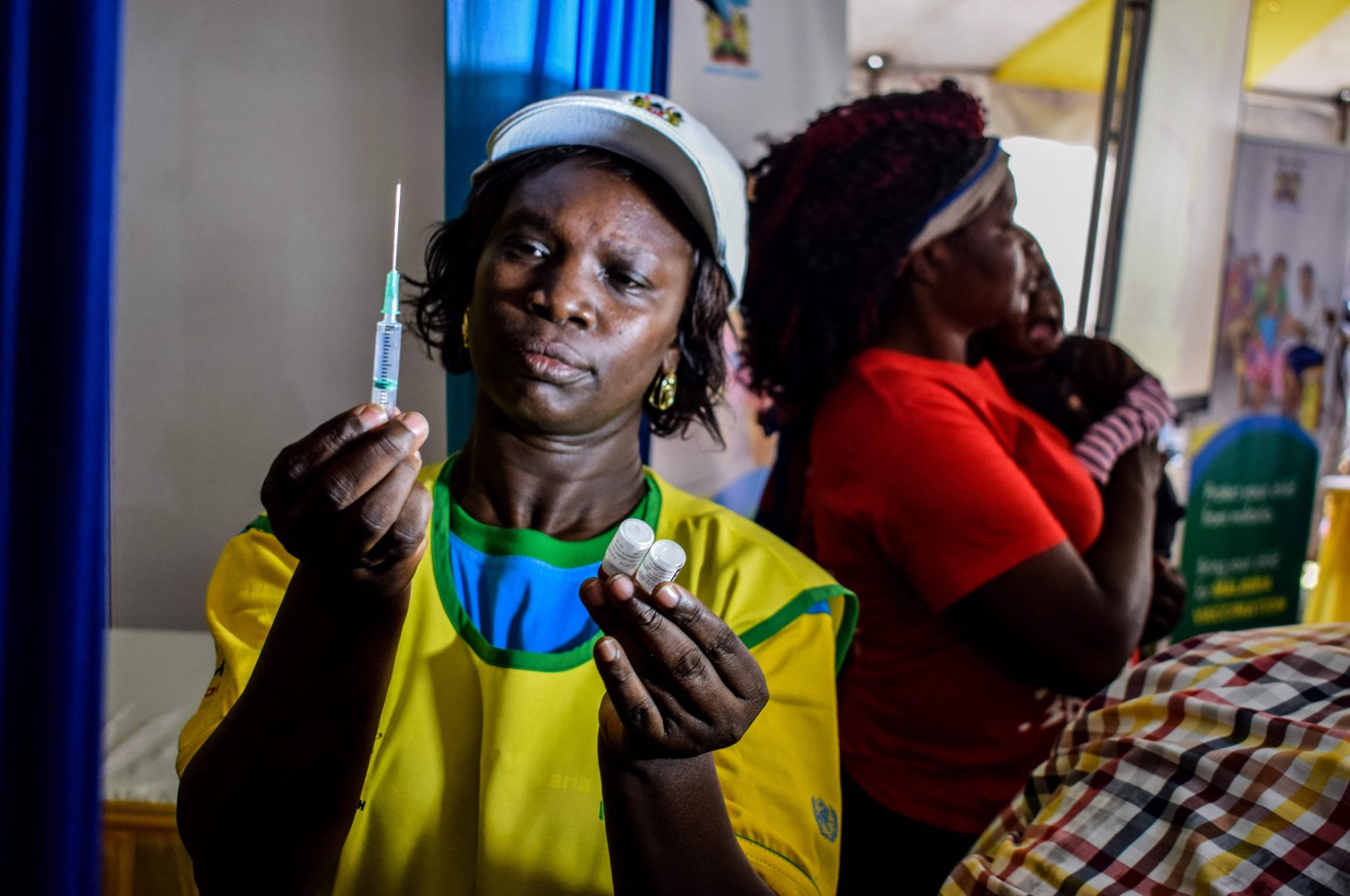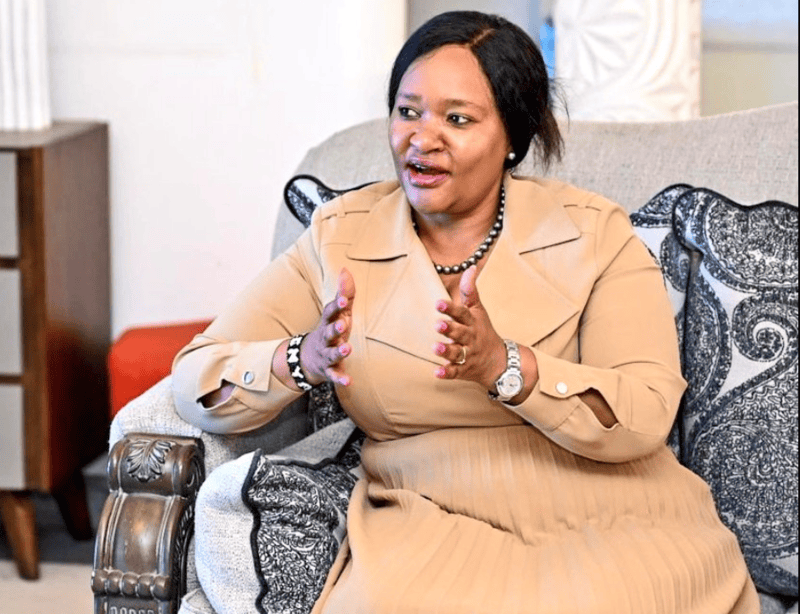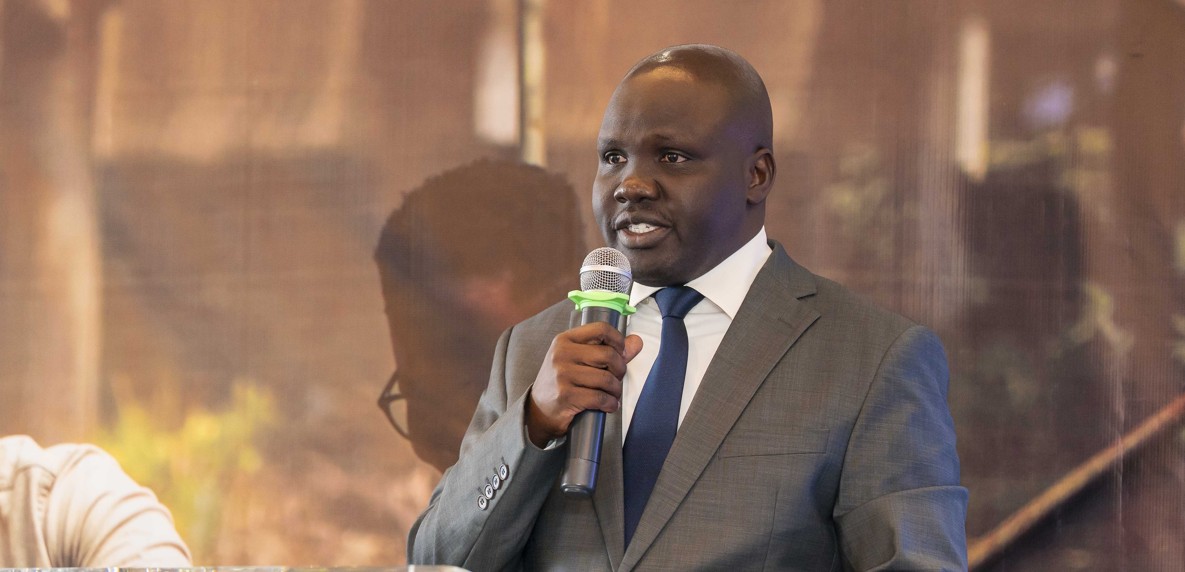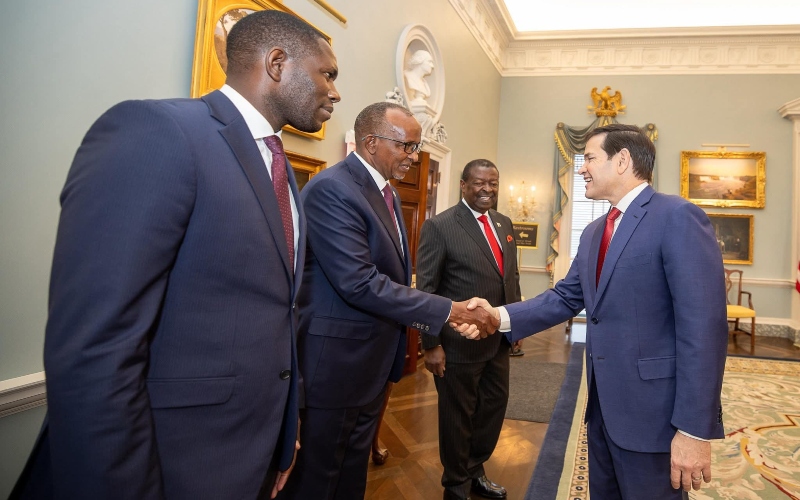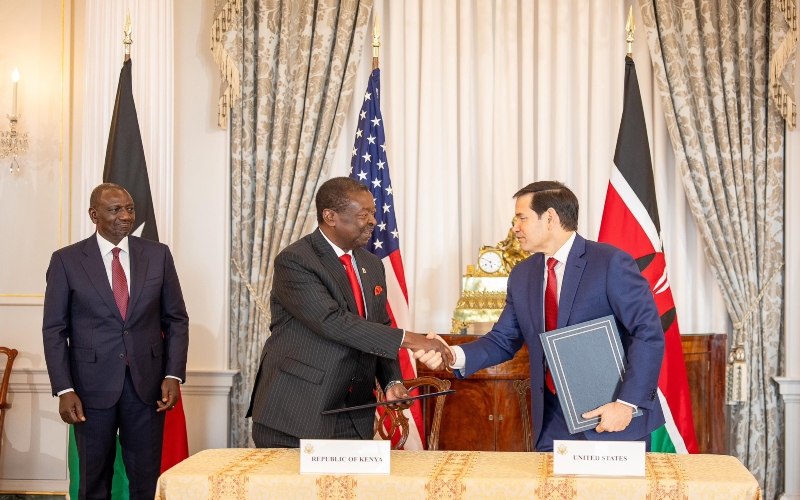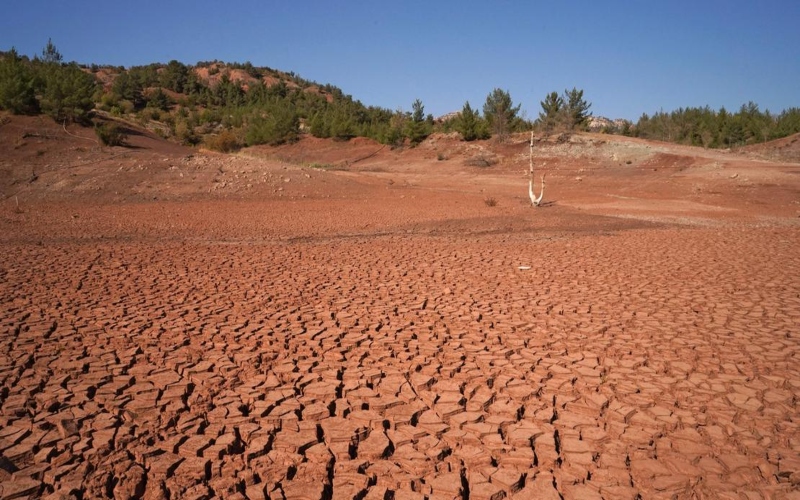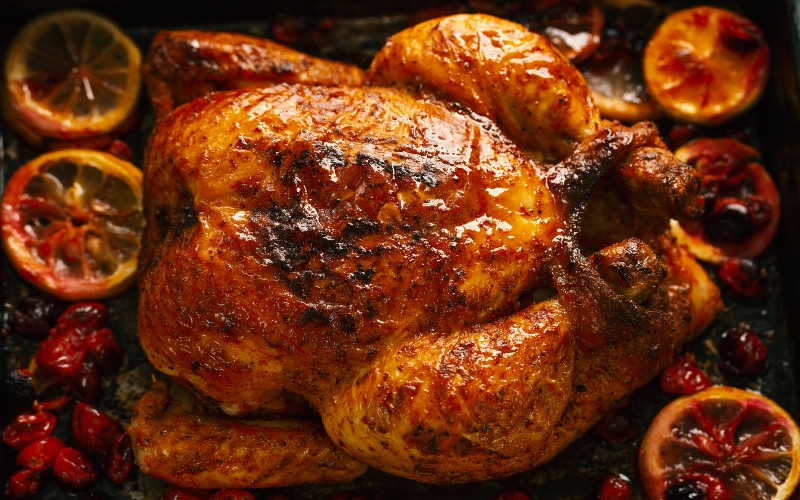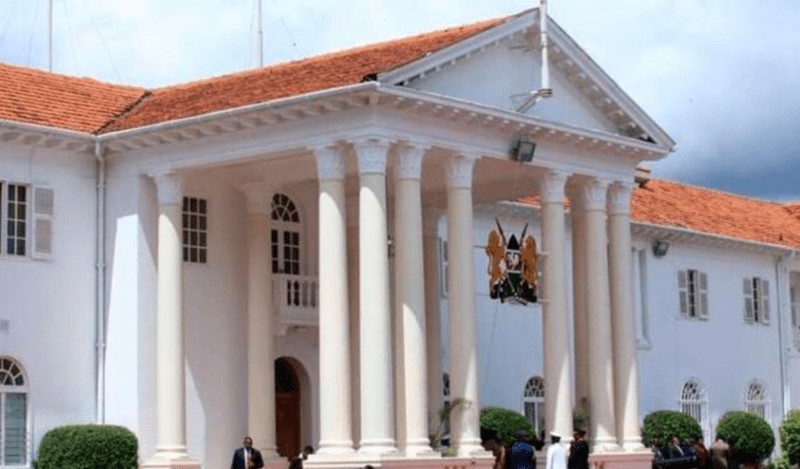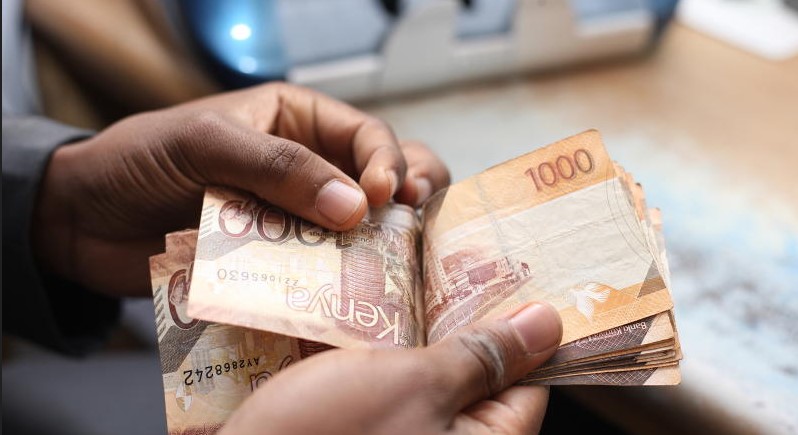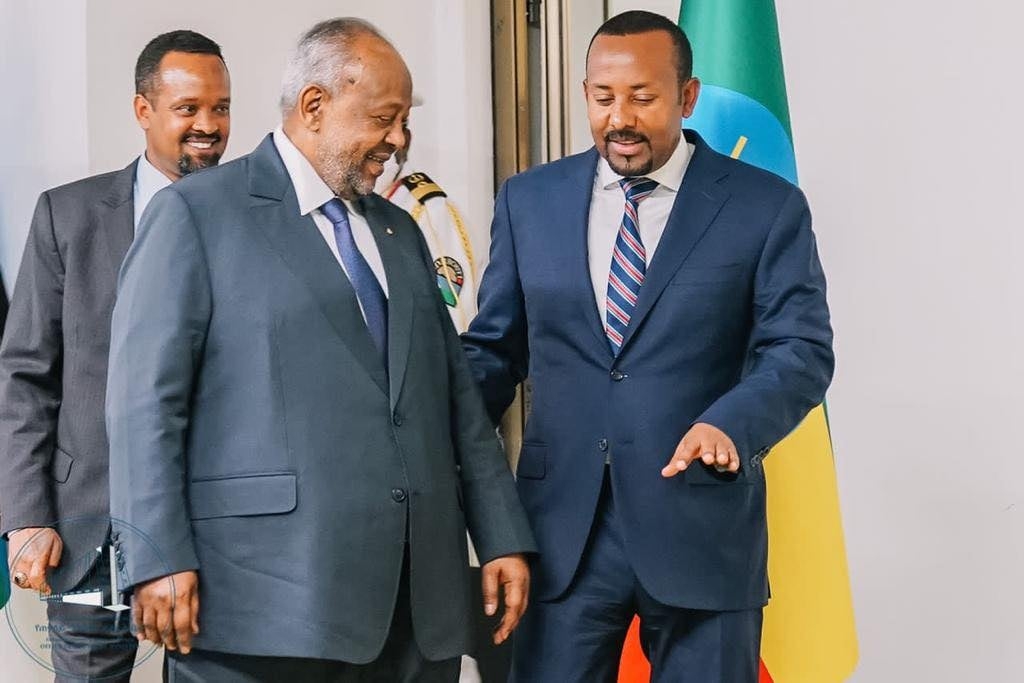Kenya’s basic education institutions surge by 39pc in 2024 as junior schools drive expansion

Pre-primary school enrolment increased to 2.91 million pupils in 2024, up from 2.88 million in 2023. Enrolment for boys grew by 1.5 per cent, surpassing the 0.5 per cent growth among girls. The number of learners in the teacher training programme (ECDE) slightly decreased by 0.1 per cent to 2.65 million.
Kenya’s education sector recorded a dramatic expansion in 2024, with the total number of basic learning institutions jumping by 38.8 per cent to 129,463, up from 93,281 in 2023.
According to the 2025 Economic Survey by the Kenya National Bureau of Statistics (KNBS), the sharp increase was due to the integration of junior secondary schools into the basic education framework, with the new level accounting for nearly a quarter of all basic institutions countrywide.
More To Read
- Government commits Sh27 billion to upgrade TVET institutions nationwide
- 2025 KCSE concludes smoothly as government reports sharp decline in exam cheating cases
- Tension mounts as school heads, teachers’ union reject new TSC leadership structure
- 78 people arrested over exam malpractice as KCSE enters final stretch
- TSC calls on teachers to embrace professional development for CBE curriculum
- How AI is reshaping education across Africa
Junior secondary schools alone made up 24.7 per cent of all basic learning institutions. Pre-primary schools rose by 1.8 per cent to 47,760, while primary schools grew by 9.6 per cent to 38,997. The number of secondary schools saw a marginal increase from 10,752 to 10,755.
Pre-primary school enrolment increased to 2.91 million pupils in 2024, up from 2.88 million in 2023. Enrolment for boys grew by 1.5 per cent, surpassing the 0.5 per cent growth among girls. The number of learners in the teacher training programme (ECDE) slightly decreased by 0.1 per cent to 2.65 million.
With the phase-out of the Kenya Certificate of Primary Education (KCPE) in 2023 due to the shift to the Competency-Based Curriculum (CBC), the number of assessment centres dropped by 0.3 per cent to 32,537, attributed to mergers.
At the same time, 1.31 million learners registered for the Grade 6 KPSEA assessment, a 2.5 per cent rise, while the number of candidates who sat the assessment rose by 5.5 per cent. However, performance declined compared to 2023, with only three subjects recording over 10 per cent of learners exceeding expectations.
The number of KPSEA learners with special needs increased by 13.3 per cent to 3,700. Males made up 55.5 per cent, and female enrolment rose by 14.8 per cent. Physically handicapped learners in writing formed the largest group, accounting for 43.7 per cent.
Secondary education
KNBS also said total secondary school enrolment grew by 5.2 per cent to 4.32 million. Form One recorded the sharpest increase at 13.8 per cent, with 1.28 million new students. Girls accounted for 50.3 per cent of all learners, slightly ahead of boys at 49.7 per cent.
The number of KCSE examination centres rose by 1.0 per cent to 10,755. Female registration increased by 7.3 per cent, slightly more than the 6.5 per cent increase for males, pushing the total number of KCSE candidates to 965,172, an increase of 6.9 per cent.
“There was a notable improvement in academic performance, with 258,419 candidates scoring C+ and above, a 28.5 per cent increase from 2023. Female candidates rose by 30.9 per cent to 125,950 while male candidates grew by 26.3 per cent to 132,469. The proportion of candidates scoring C+ and above rose to 27.0 per cent from 22.5 per cent in the previous year,” reads the report.
The number of KCSE candidates with special needs rose by 1.0 per cent to 2,281. According to the report, physically handicapped candidates dropped by 4.6 per cent to 908, accounting for 39.8 per cent of all special needs candidates. Male candidates formed 53.4 per cent.
Learners with low vision increased by 15.8 per cent to 550, while those with hearing impairments declined by 5.0 per cent to 649. The blind recorded the highest growth at 17.6 per cent to 174.
Teacher training
Teacher training colleges (TTCs) grew from 89 in 2023 to 97 in 2024. This included the operationalisation of Tarbaj TTC, raising the number of public TTCs to 33. Private TTCs increased by five to 59, comprising 33 registered institutions and 26 non-registered ones that presented candidates for teacher education examinations.
Mwingi and Nabongo TTCs were also operationalised, bringing the number of secondary TTCs to five.
The report notes that the teaching workforce also expanded. Teachers with bachelor’s degrees rose by 4.9 per cent to 111,702, making up 85.4 per cent of all teachers in public secondary schools and TTCs.
The total number of teachers increased by 4.2 per cent to 130,818. Female teachers grew at a faster rate of 4.7 per cent compared to males at 3.8 per cent. Males made up 57 per cent of the total.
“Teacher trainees increased significantly, with male and female enrolment rising by 19.9 per cent and 24.1 per cent respectively to 14,109 and 27,045. This was linked to revised entry requirements recommended by the Presidential Working Party on Education Reform. Public primary (P1) college enrolment rose from 24,262 in 2023 to 36,282 in 2024. Overall, teacher trainees increased by 18.3 per cent to 41,154,” reads the report.
TVET sector
The number of technical and vocational education and training (TVET) institutions rose by 6.9 per cent to 2,756, partly due to increased accreditation of vocational training centres.
Nineteen technical and vocational colleges were elevated to national polytechnic status, bringing the total number of national polytechnics to 30.
Enrolment in TVET institutions surged by 10.4 per cent to 709,885. Eldoret National Polytechnic accounted for the highest share at 7.9 per cent of total enrolment.
Enrolment in national polytechnics more than doubled following the elevation of the 19 institutions. However, enrolment in technical and vocational colleges dropped by 10.0 per cent to 484,424.
KUCCPS placements to TVET institutions saw mixed results. Diploma placements dropped by 18.8 per cent to 93,590, while certificate placements increased by 4.4 per cent to 61,855. Artisan course placements surged by 22.9 per cent to 17,653. Total KUCCPS placements to TVET institutions and universities slightly declined to 329,811 in 2024/25 from 330,702 in 2023/24.
Universities
Two new charters were granted to Tangaza University and the National Intelligence Research University, bringing the number of chartered private universities to 28.
The report, however, notes that the number of private universities with letters of interim authority dropped to six, and private university constituent colleges decreased to two.
Public university placements by KUCCPS increased by 4.5 per cent to 138,158, while placements to private universities jumped by 92.8 per cent to 18,555.
University enrolment rose by 9.0 per cent to 631,300 students in 2024/25. Female enrolment grew by 13.8 per cent to 284,500, while male enrolment increased by 5.4 per cent to 346,800.
Public universities remained dominant, accounting for 82.8 per cent of all enrolments at 522,900. Enrolment in public university constituent colleges doubled from 6,950 to 14,064. Private university enrolment also rose by 12.4 per cent to 108,400. The Open University of Kenya grew its enrolment from 1,812 to 3,106.
However, diploma and certificate enrolments in universities declined by 28.1 per cent to 57,367. Female enrolment dropped by 43.7 per cent to 26,285, while male enrolment declined by 6.2 per cent to 31,082.
The number of approved public university degree programmes increased by 1.1 per cent to 3,559.
Private university programmes rose from 843 to 850. However, degree programmes offered by public university constituent colleges dropped from 44 in 2023 to 40 in 2024.
Top Stories Today
